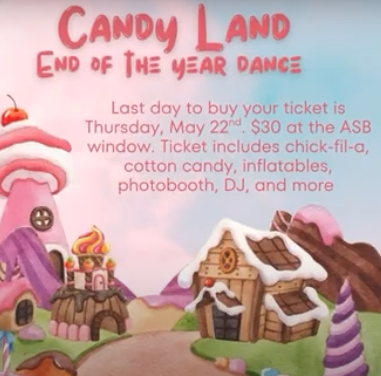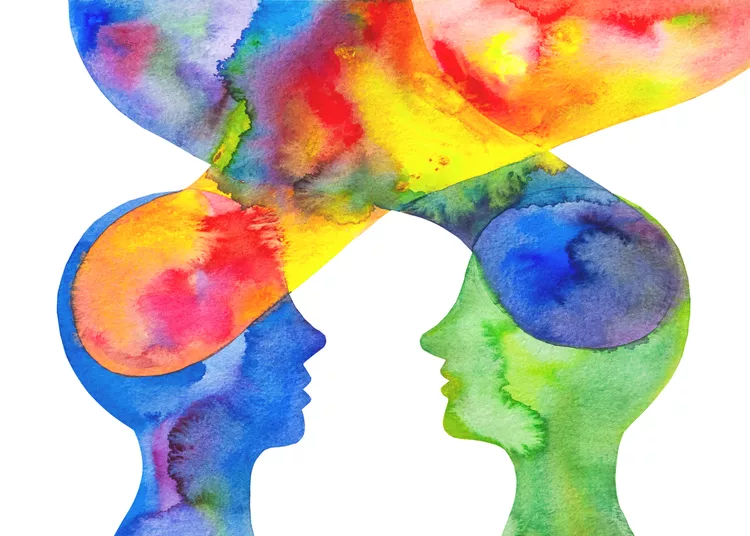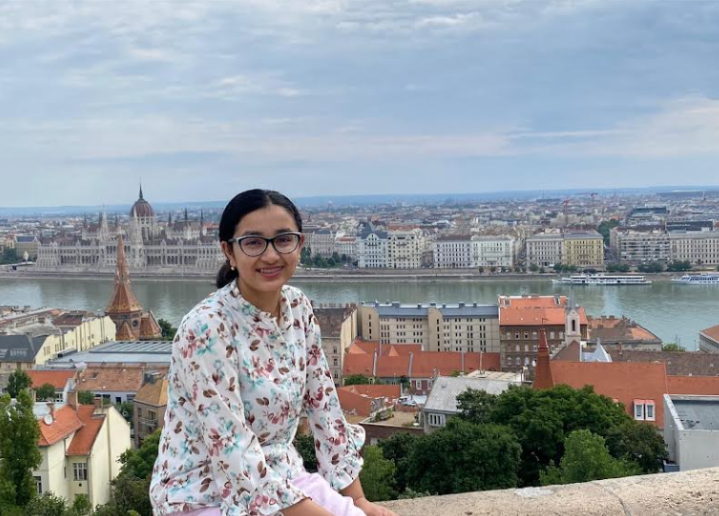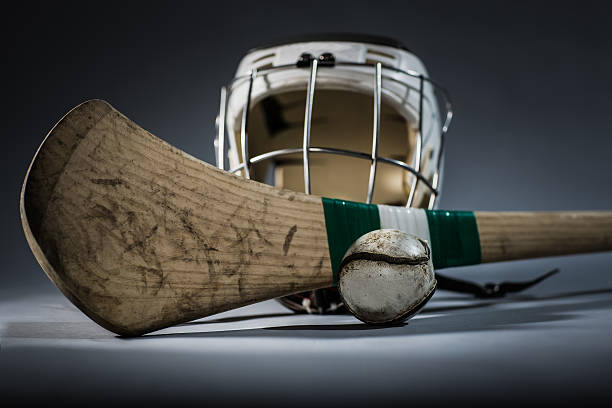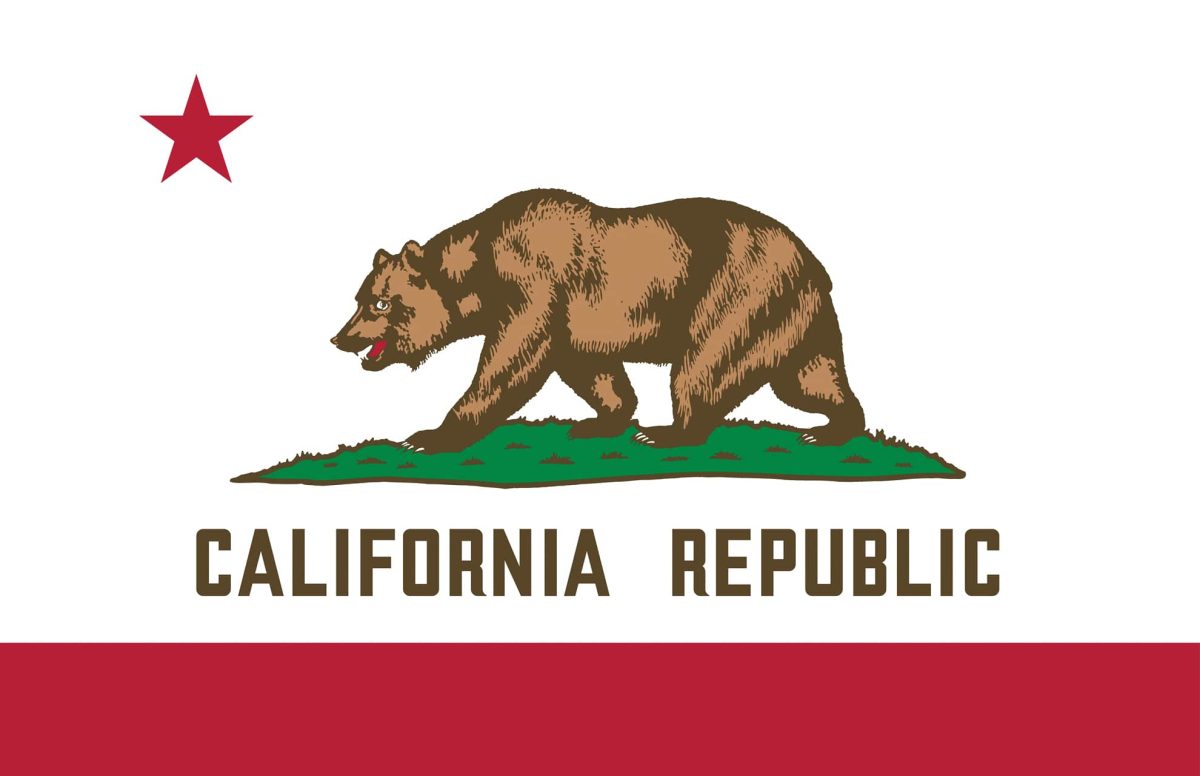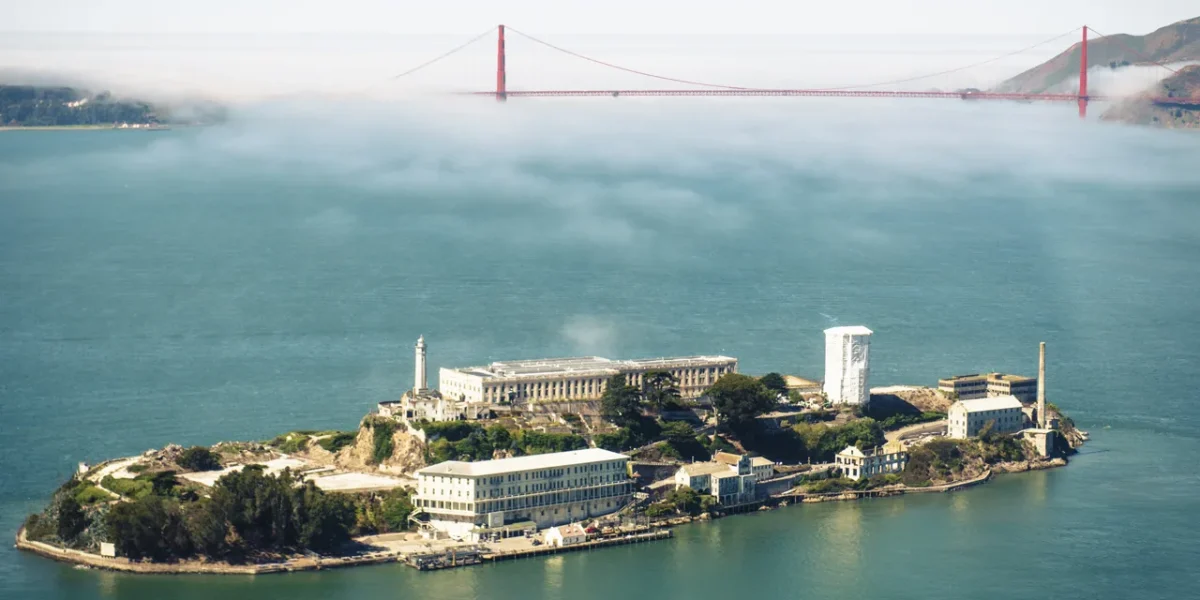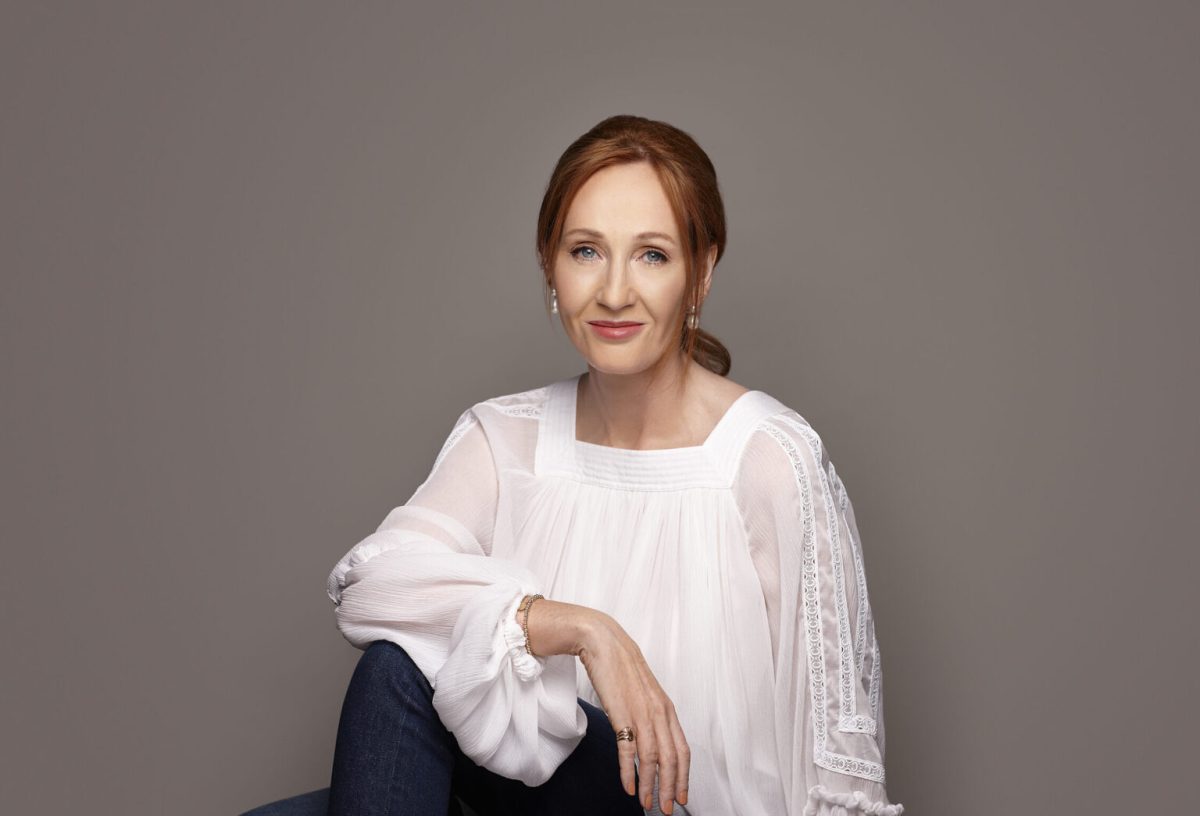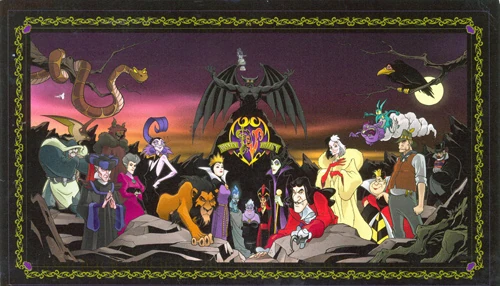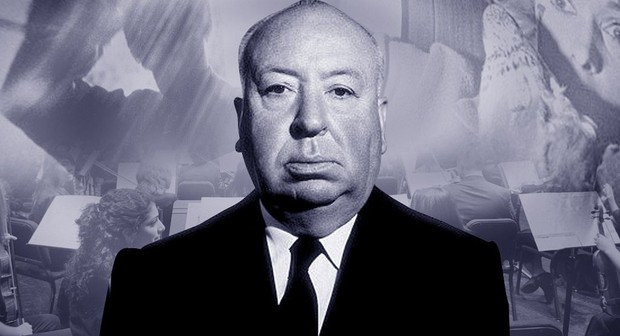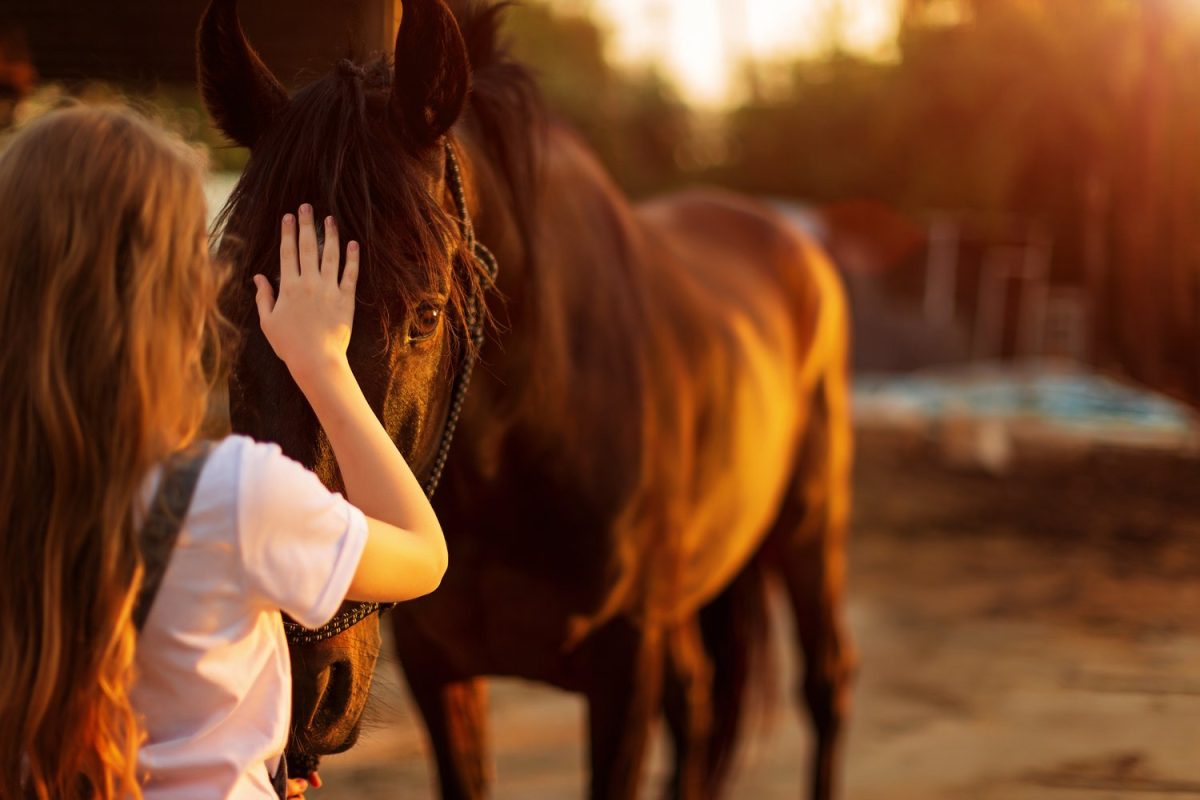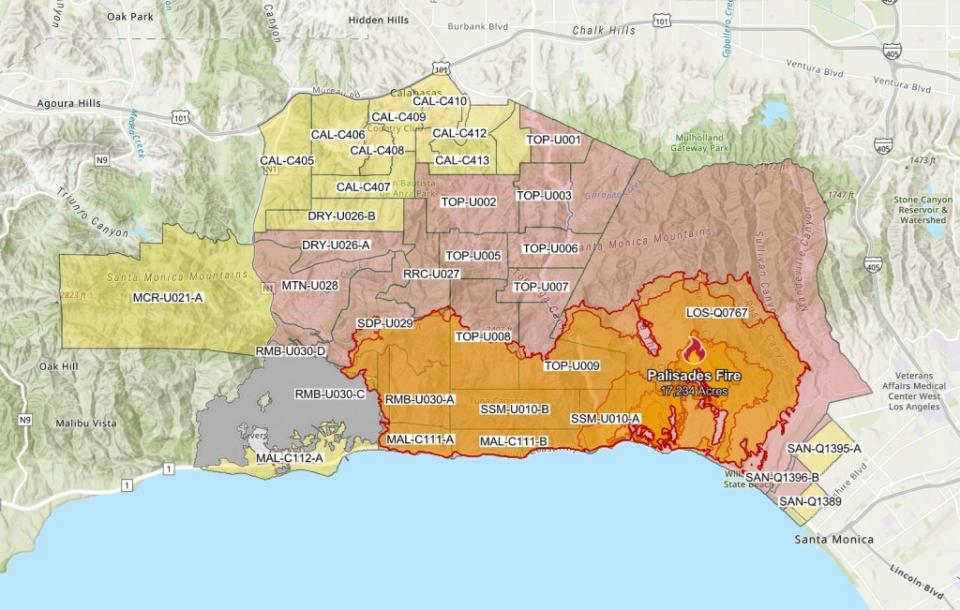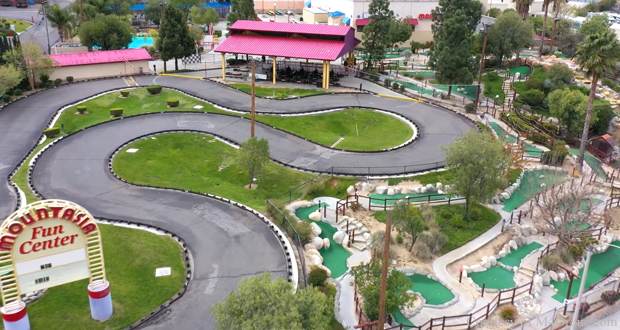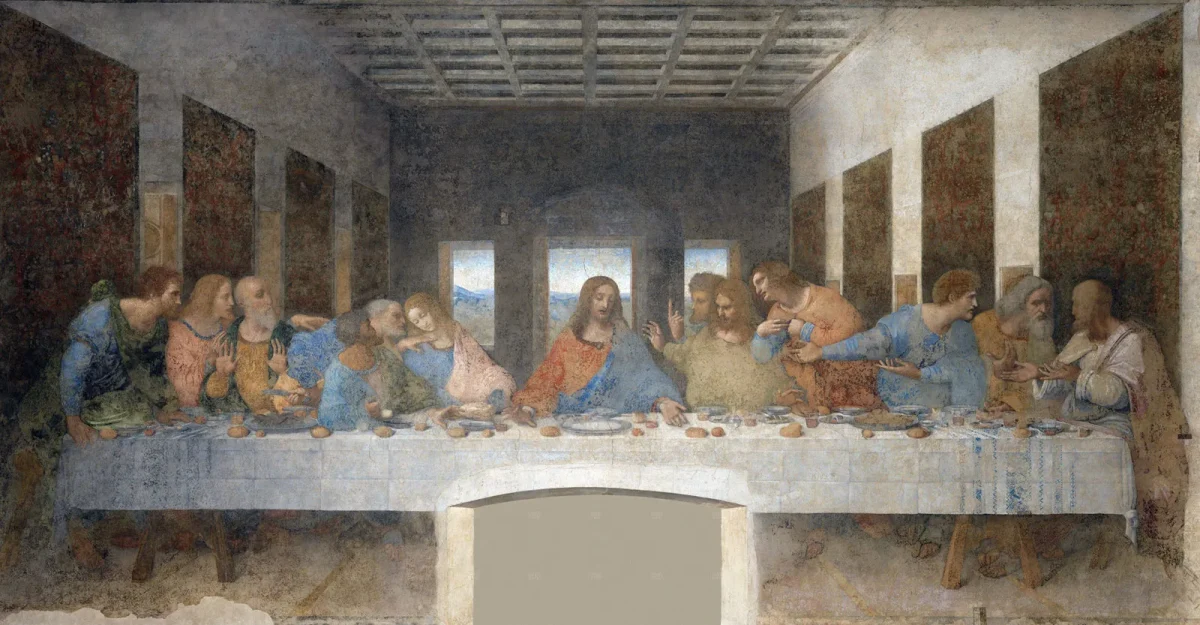Who was one of the most famous Renaissance artists?
Renaissance art emerged in Europe, particularly in Florence, Italy, during the period from 1350 to 1620. These remarkable works were meant to blend religious themes with elements of ancient culture, primarily drawing inspiration from ancient Greece and Rome. Artists captured their visions of life on stretched linen using various inks and oils. So, who stands out as the artist who truly brought art to life?
One of the most renowned artists of the 14th century was Leonardo da Vinci. Born on April 15, 1452, near Florence in Anchiano, Leonardo had an unconventional childhood. His parents married separately shortly after his birth, leaving him largely without parental guidance. Little is known about his early years, shrouded in myth due to the many conflicting stories. However, his father, a respected figure in Florence, introduced him to the artist Andrea del Verrocchio. Under Verrocchio’s mentorship, Leonardo received training in painting, sculpture, and even mechanical arts. Interestingly, he didn’t receive a traditional education; he fell short of mastering Latin, the essential language of his time, and didn’t engage with advanced subjects like mathematics or geometry until he was 30!
Leonardo’s first painting, “The Archangel Gabriel,” was created when he was just 18 years old. This piece depicted the Baptism of Christ and was crafted using oil and tempera on wooden panels. As he continued his training, he developed innovative techniques and produced groundbreaking works. His most famous pieces, including the “Mona Lisa,” “The Last Supper,” and “Lady with an Ermine,” have left an indelible mark on art history. Beyond painting, he was also an engineer and architect. He passed away on May 2, 1519, likely from a stroke, but his legacy as one of the greatest Renaissance artists endures. The “Mona Lisa” alone draws thousands of visitors to the Louvre Museum every day.
While Leonardo da Vinci is a standout figure, he is just one among many remarkable Renaissance artists. Today, many continue to draw inspiration from this rich tradition, infusing their own styles and materials into their work. Leonardo’s masterpieces paved the way for future artists in the 16th century, encouraging them to explore their own perspectives on life and history. He captured the beauty and intricacies of human beings and nature, driven by a desire to experiment with various artistic forms. Every time you encounter an image of his work, you can appreciate the hard work and dedication evident in the intricate details.
Leonardo carried a pencil and paper wherever he went, always ready to document his ideas. His keen observations of human anatomy, nature, and animals informed his art, as did his techniques that ranged from quick sketches to complex color contrasts illustrating youth and age. He fulfilled his artistic dreams, leaving behind works that are among the most significant in the world.
